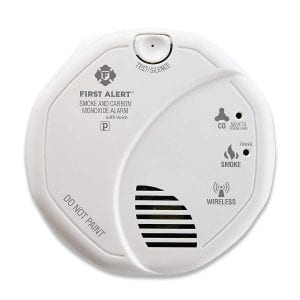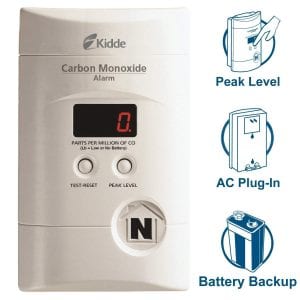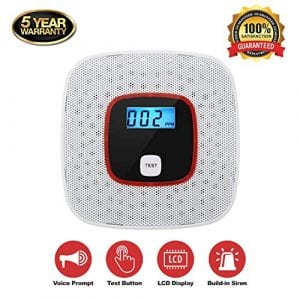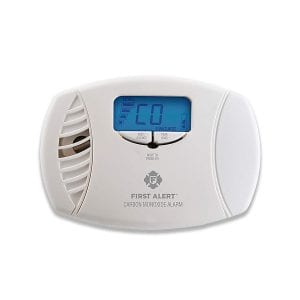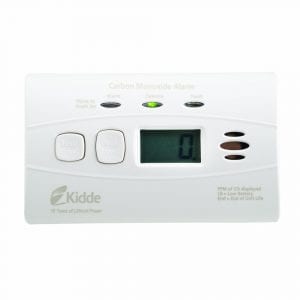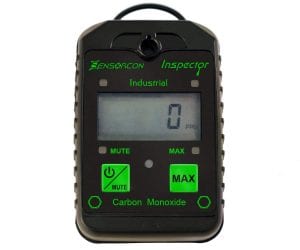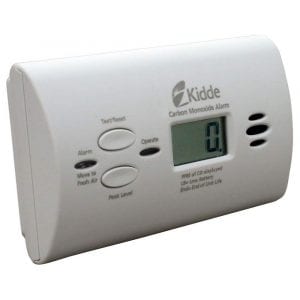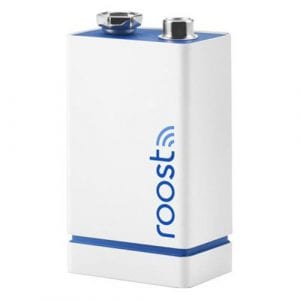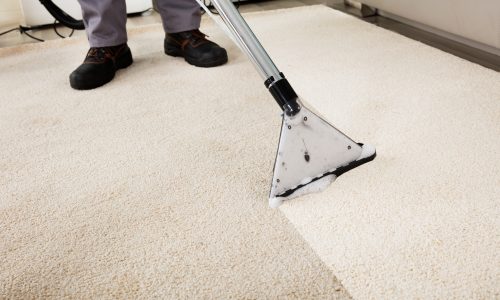The Best Carbon Monoxide Detector
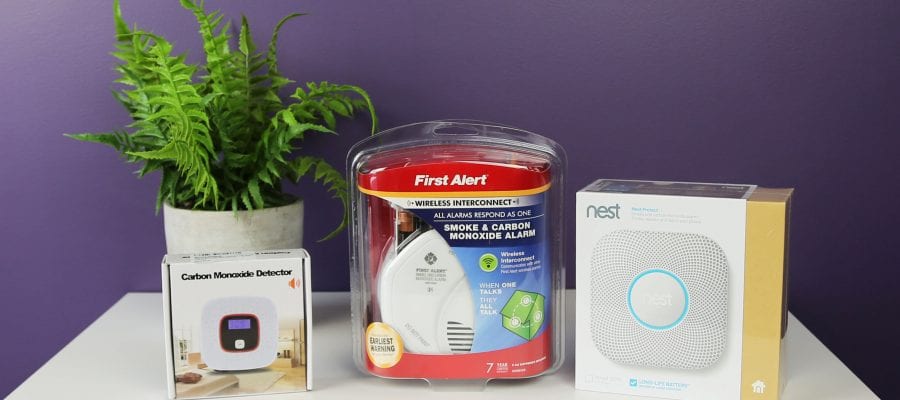
Our Review Process
Don't Waste Your Money is focused on helping you make the best purchasing decision. Our team of experts spends hundreds of hours analyzing, testing, and researching products so you don't have to. Learn more.
Our Picks For The Top Carbon Monoxide Detectors
- 1. First Alert Carbon Monoxide Alarm
- 2. Nest Protect Smoke and Carbon Monoxide Alarm
- 3. Kidde Nighthawk AC Plug-in Operated Carbon Monoxide Alarm with Digital Display KN-COPP-3
- 4. Alert Plus Carbon Monoxide Alarm Detector
- 5. First Alert Dual-Power Carbon Monoxide Detector Alarm
- 6. Kidde Sealed Lithium Battery Power Carbon Monoxide Alarm
- 7. Sensorcon Carbon Monoxide Detector
- 8. Kidde Battery Operated Carbon Monoxide Alarm
- 9. Roost PP3 (9v) Specialty Battery
Electrochemical sensors help the First Alert Carbon Monoxide Alarm detect both low and high carbon monoxide levels. If you have other First Alert devices, you can connect your carbon monoxide detector to those for comprehensive home protection. The First Alert Carbon Monoxide Alarm also provides location awareness to let you where the issue is in y...
Connects to DevicesConnects with other First Alert devices in your home. Can also tell you where the issue is in your house.
The Nest Protect Smoke and Carbon Monoxide Alarm is a unique type of carbon monoxide detector, also providing smoke detection. This is a smart alarm, which means it hooks up to your home's Wi-Fi and lets you monitor your CO levels using an app. If you do have an evacuation, the Nest detector will light a path to help you get out even if it's late a...
High-Tech DetectorThis combo carbon monoxide detector and smoke detector hooks up to your home's Wi-Fi and can be monitored from an app.
The Kidde Nighthawk AC Plug-in Operated Carbon Monoxide Alarm with Digital Display KN-COPP-3 measures carbon monoxide levels as low as 11 ppm. The LCD will display current CO levels, helping you keep an eye on things long before there's a problem. The alarm is 85 decibels, ensuring you'll hear it even while sleeping.
Loud AlarmA loud alarm and top-notch detection make this a safe bet for your home.
Once you reach 50 ppm, you'll get an alert within 60 to 90 minutes with the Alert Plus Carbon Monoxide Alarm Detector. Those alerts increase in time delay at higher ranges. If you reach 100 ppm, you'll get an alarm within 10 to 40 minutes. This detector is battery-powered, so you'll need to make sure you keep fresh batteries installed at all times...
Increasing AlertsThis detector offers increasingly quick alerts as the carbon monoxide levels rise.
Buying Guide
It’s known as the silent killer. An odorless, colorless gas, carbon monoxide seeps into a home and gradually poisons its occupants, killing an estimated 400 people per year. Symptoms are commonly mistaken for the flu, leading sufferers to delay getting treatment until it’s too late.
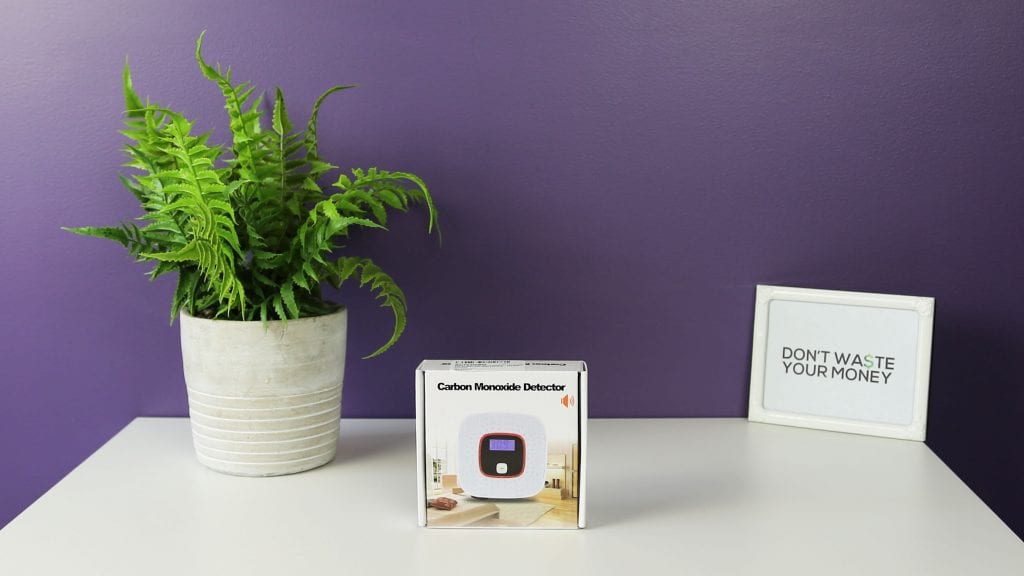
The Centers for Disease Control says one of the best ways to prevent carbon monoxide poisoning is to install a detector in your home and update your batteries at least every six months. You’ll need to place it close to your master bedroom to ensure you hear any late-night alerts and replace the detector at least every five years.
But the first step in protecting your family against carbon monoxide is to choose a good detector. There are many on the market that will do the job, but some features are more important than others. You can find a detector that will display carbon monoxide levels at all times, giving you reassurance it’s actively monitoring the safety of the air you’re breathing.

If you don’t already have functioning smoke detectors in your home, you may want to consider a unit that will protect your home against fire as well as carbon monoxide. You may also want to consider purchasing a device that links up to smoke detectors so that all of your devices communicate with each other.
You’ll notice some carbon monoxide detectors are wired while others are battery-powered. If you choose a wired model, make sure it has a battery backup that kicks in if the power goes out. Whether it’s battery-powered or wired, though, you’ll need to change the batteries at regular intervals. Experts recommend updating the batteries in your smoke and carbon when you adjust your clocks for Daylight Savings Time to keep the task easy to remember. However, you can buy detectors that will alert you when the battery is low.
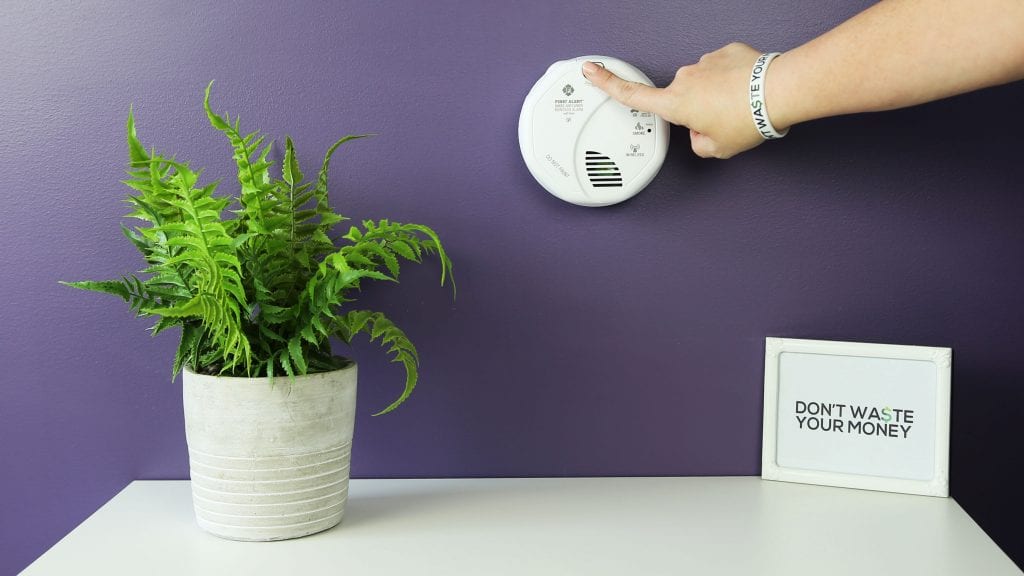
What to Look For
- Before you buy a carbon monoxide detector, you’ll need to understand safe levels. These can vary from household to household, depending on the length of your exposure and the overall health of each person who lives there. Occupational Safety and Health Standards require workplaces to keep levels below 50 ppm, but many people won’t experience symptoms until at least 70 ppm. Heart patients may begin experiencing chest pains as levels rise within that range, though. Once carbon monoxide hits 70 ppm and keeps rising, occupants may notice an increase in headaches, fatigue and nausea. Levels between 150 and 200 ppm can cause unconsciousness and disorientation and eventually become fatal.
- Accuracy should be a top priority when you’re comparing carbon monoxide detectors. One way to measure accuracy is to check a unit’s sensitivity. The Kidde Nighthawk Carbon Monoxide Detector can sense levels as low as 11 ppm but will only alert when the level gets dangerous. The First Alert Carbon Monoxide Alarm uses electrochemical sensors that can find both low and carbon monoxide levels.
- Before you start shopping, determine exactly what type of danger detection you need. The Nest Protect Smoke & Carbon Monoxide Detector is a smoke and carbon monoxide detector in one. The unit combines both photoelectric and ionization sensors to monitor for fires. Those same sensors can also keep an eye out for signs of electrochemical carbon monoxide. Most other carbon monoxide detectors only handle CO detection, which means you’ll need separate smoke detectors. However, if you’re in the market for a new smoke detector as well, consider the First Alert Carbon Monoxide Alarm, which connects to other First Alert alarms to provide you with full-house protection.
- With most CO detectors, you’ll only know once levels reach a certain threshold. However, both the Kidde Nighthawk Carbon Monoxide Alarm and the Alert Plus Carbon Monoxide Alarm show your current levels on an LCD display. The Alert Plus Carbon Monoxide Alarm Detector will begin issuing alerts within 60 to 90 minutes once you reach 50 ppm. If you hit 100 ppm, an alert will sound within 10 to 40 minutes, and 300 ppm sets off an alarm within three minutes.
- If you do see an alert, it can help to know which part of your house the problem area is. The First Alert Carbon Monoxide Alarm lets you know where the threat is so that you can take action to fix it.
- In addition to voice alerts to warn you of the danger, Nest Protect Smoke & Carbon Monoxide Detector has an LED that changes colors at varying levels. If you have low levels of smoke or carbon monoxide, you’ll get a yellow light while red light signals that you should exit the building immediately. The Alert Plus Carbon Monoxide Alarm also has a bright LED light.
- When an alarm goes off, it’s important to have an alert at a volume audible to your entire household. The National Fire Protection Association recommends volume levels of at least 75 decibels. Both the Kidde Nighthawk Carbon Monoxide Alarm and First Alert Carbon Monoxide Alarm include alarms that are 85 decibels.
- Another benefit of the Nest Protect Smoke & Carbon Monoxide Detector is that it connects to a smartphone app. This means you can log in and check your home’s levels even when you’re away.
- One bonus feature on the Nest Protect Smoke & Carbon Monoxide Detector is that if you do need to exit, the alarm lights up the area to help you find your way out in the dark. It can also be linked up to the smart bulbs you have in your home to provide a visual alert when it’s time to evacuate.
- You have two choices in how your carbon monoxide detector is powered. The Kidde Nighthawk Carbon Monoxide Alarm is a plug-in detector that runs off your home’s electricity. It also has a battery backup for those power outages. The First Alert Carbon Monoxide Alarm and Alert Plus Carbon Monoxide Alarm Detector are both battery-powered, so you’ll need to make sure you keep the batteries changed. The Nest Protect Smoke & Carbon Monoxide Detector is available in both wired and battery-powered versions.
More to Explore
In addition to buying a carbon monoxide detector and maintaining it, there are a few other things you can do to keep your family safe. Oil, wood and gas furnaces are common sources of CO, as are gas stoves or dryers. If you use a gas or oil water heater, candle or a gas lantern, you may also be at risk. One important preventive measure you can take is to schedule regular inspections of any gas, oil or coal-burning appliance. You should also never use a generator or other CO-emitting appliance inside your home. If you have an attached garage, avoid running a vehicle inside it, even if you have the garage door open.

